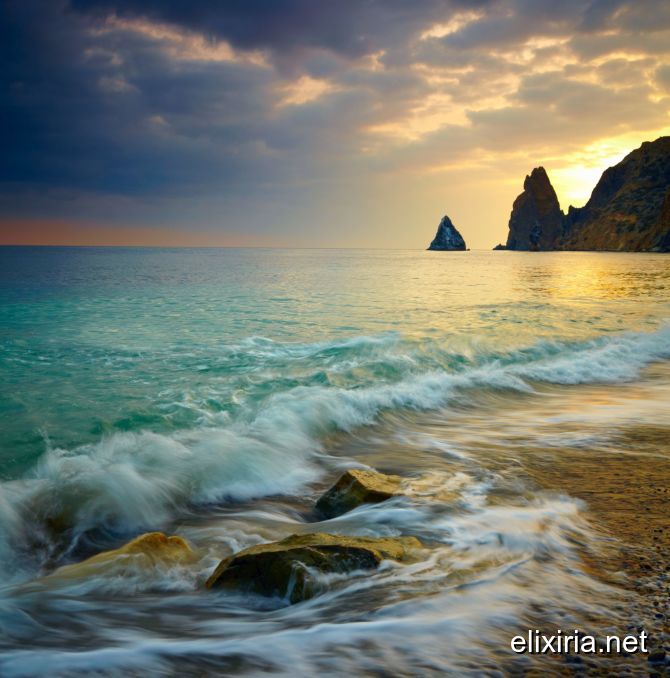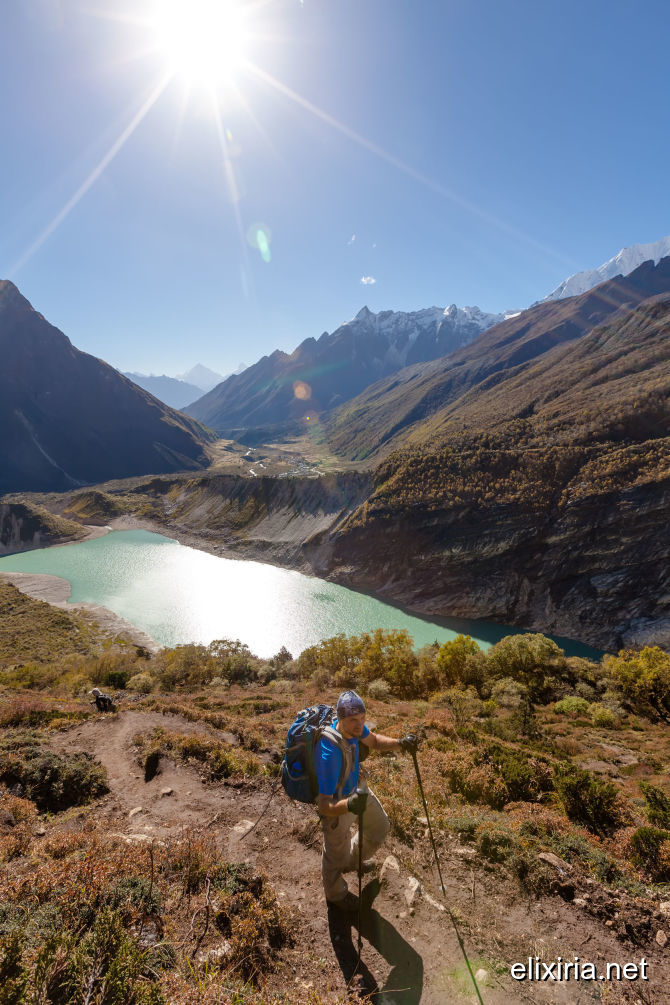“
Pamukkale, meaning "cotton castle" in Turkish, is a natural site in Denizli Province in southwestern Turkey.
Pamukkale's terraces are made of travertine. The travertine features have their origins in the shifting of a fault in the valley of the Menderes river. As the fault shifted, very hot springs with a very high mineral content (notably chalk) arose at this location. Apart from the slightly radioactive minerals, the calcium and hydrogen carbonate react to create calcium carbonate (also known as travertine) and limestone. This is what gives Pamukkale its whiteness and created the pools.
Pamukkale & Hierapolis together are both recognized as UNESCO World Heritage Sites since 1988.
Pamukkale's terraces are made of travertine. The travertine features have their origins in the shifting of a fault in the valley of the Menderes river. As the fault shifted, very hot springs with a very high mineral content (notably chalk) arose at this location. Apart from the slightly radioactive minerals, the calcium and hydrogen carbonate react to create calcium carbonate (also known as travertine) and limestone. This is what gives Pamukkale its whiteness and created the pools.
Pamukkale & Hierapolis together are both recognized as UNESCO World Heritage Sites since 1988.





















